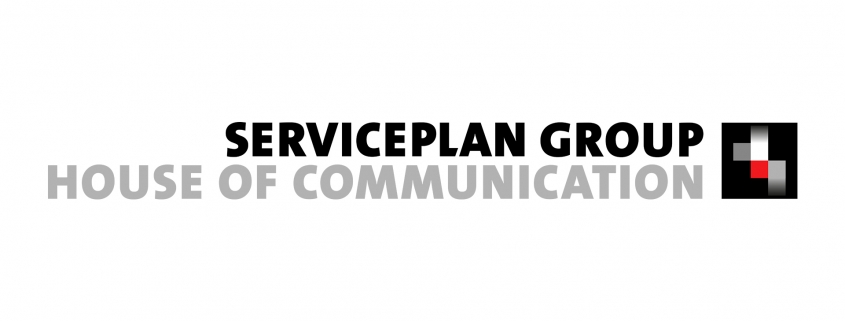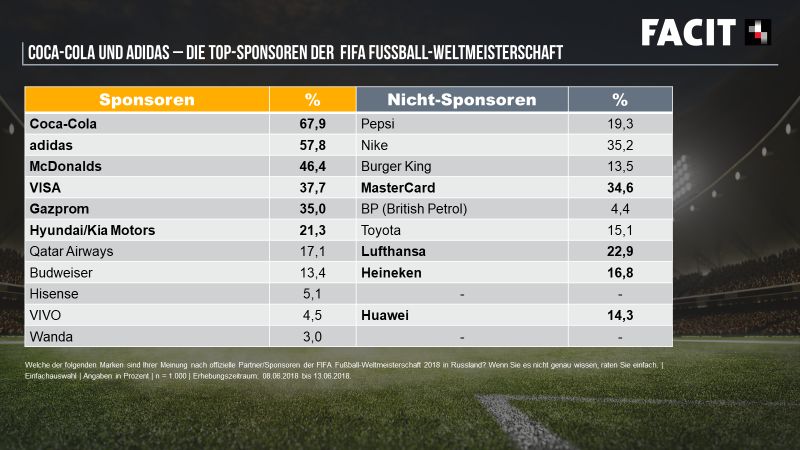Why it’s useless to wait with customer surveys until “it’s over”
All industries are now seeking to adapt as good as they can to the challenges that a tiny sting of DNA is posing to all of us. Some very successfully, some less so. It’s good to see that my own area, the CX / UX research community, has very effectively changed their toolbox to accommodate the requirements of working (and running research) from a distance.
During the recent status call with my colleagues at UX Fellows, all of them said they had successfully switched to remote UX testing, remote IDIs, and even remote ethnographic research. And all fellows, who are from regions like Brazil, USA, Europe, Russia, Singapore or Australia, agreed that their clients and participants accept qualitative remote research pretty well. Quantitative research has already been online-only for a while and isn’t affected anyway.
However, one topic that I do discuss with my clients now isn’t the feasibility of remote research. It is its validity, that is, what the insights we get mean, what they stand for and how long their meaning will last.
Questions we are discussing are:
- Will participants only talk about the corona situation? Will all insights be overshadowed by the exceptional situation?
- Are participants able to remember how they would have answered, how they behaved or felt before the crisis?
- Can we observe natural behavior at all, given the “unnatural” situation?
In the past few weeks I got to think that these are perhaps the wrong questions to ask. It seems more and more evident that we won’t return to a pre-Corona state as we knew it.
Many countries have been in lockdown for six or more weeks now. After most businesses and private persons found themselves in a state of shock after the sudden onset of the events, they tried to orient themselves and took immediate measures to safeguard both, their physical and economic health. Many businesses stopped their non-vital spendings (e.g. for customer research) altogether.
We can, however, assume that this phase is over now. We are adapting to the new situation, check out new business opportunities and possibilities to live with the virus. In fact, it seems that many are accepting the fact that the virus will still stay with us for a while and that there will be a new normal once it’s gone.
What does this mean for customer research?
It doesn’t make much sense waiting with customer surveys until the spell is over, because we are not going back to a world before Corona. Since the shock phase is over, we can also assume that customers are able to tell us how they feel, what they need and what they deem relevant for the next time to come.
- Corona is a technological catalyzer which speeds up tech adoption and change in usage patterns
- Digitization shortcomings and pain points, e.g. with a paper-based bureaucracy are becoming strikingly clear
- Special needs of people will persist, like the lack of personal encounters, solitude, financial sorrows and other existential problems
- There seems to be a shift in values going on, e.g. regarding sustainability. Many are thinking about how they can support their local shops, restaurants and communities now for example.
- In the long run, we can assume that many customer behaviors will change, e.g. regarding travel, work, shopping, communication. We can see the beginning of those changes now.
That means that now is the right time to understand this new normal. We should use the customer-centric research tools we have to proactively design it.



